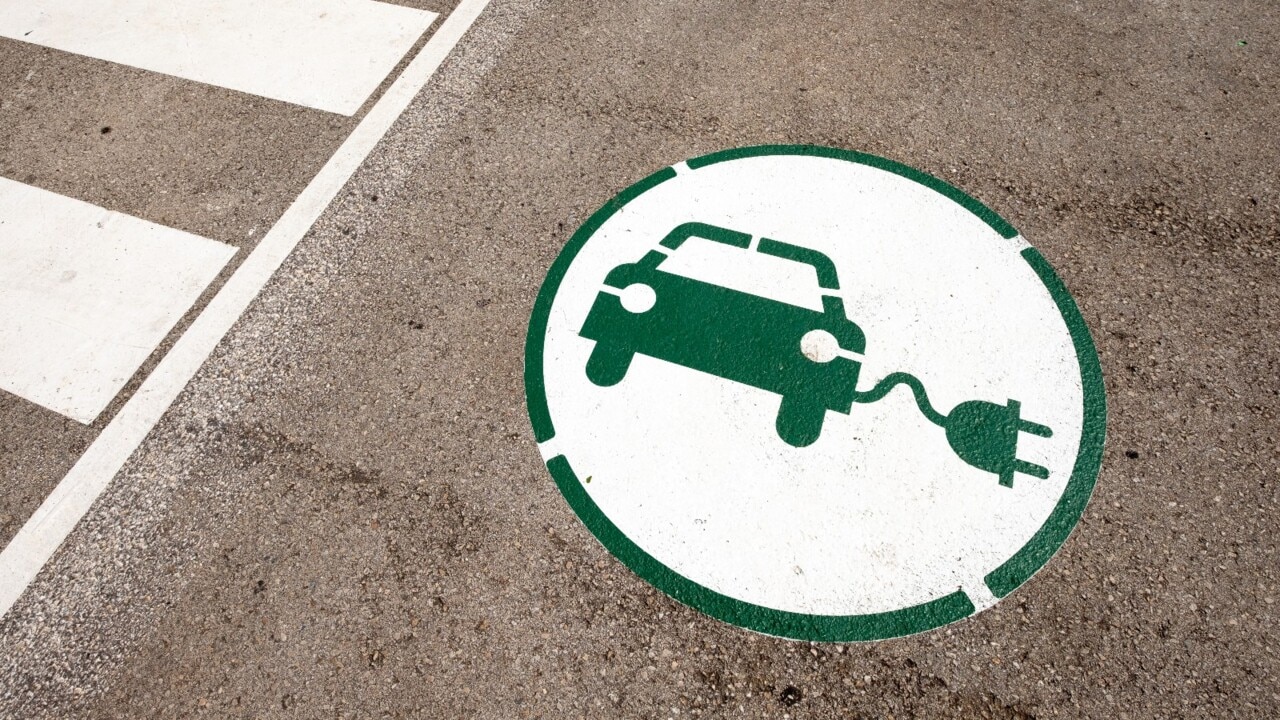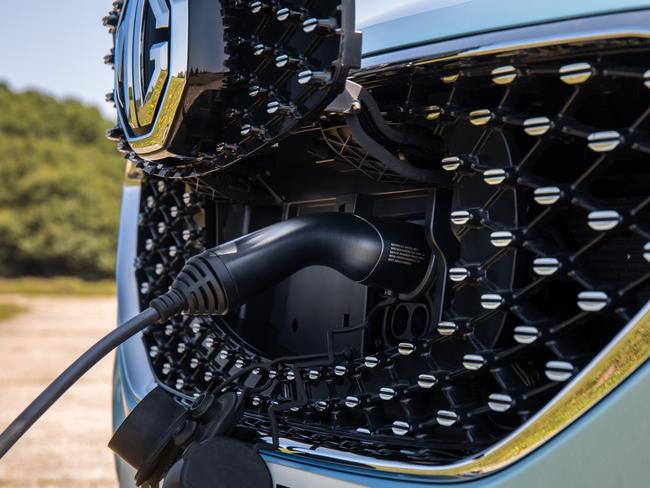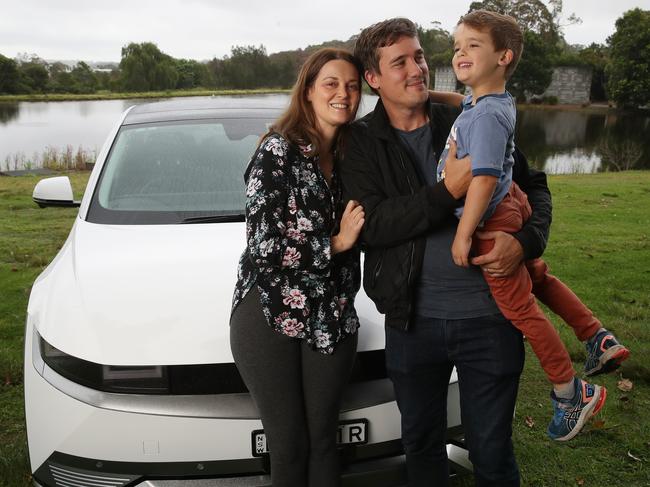Electric vehicles: What to consider before buying your first electric car
EVs are popular but they are not for everyone. Complete the checklist to see if you are ready for an electric car.

SmartDaily
Don't miss out on the headlines from SmartDaily. Followed categories will be added to My News.
Over the next decade, increasing numbers of Australian motorists will pull the plug on conventional cars.
The government predicts electric vehicles will make up 30 per cent of the new-car market by 2030 and the choice of electric models has grown rapidly in the past 12 months.
Six of the top 10 brands now sell an EV and market leader Toyota will launch one next year.
But EVs aren’t for everyone. They’re much more expensive than petrol vehicles, while their lack of towing ability and range limitations mean they don’t suit some buyers.
Are you ready for an electric vehicle? Here are the things you need to consider.
OFF-STREET PARKING
At the moment, off-street parking is essential for an EV owner.
A garage is ideal, but if you have a driveway and an external power point, all the hardware for charging is waterproof and perfectly safe.
The best and most convenient way to recharge an EV is at home, either via a household power-point or a special wallbox.
If you’re living in a flat, you could raise the topic at a body corporate meeting and see if there are any options.
Electricity costs in common areas of a unit complex are usually shared, so people won’t take kindly to you charging your car on their bill.

If you do have a garage, you need to remember that charging at home is very slow.
Some of the most popular EVs will take more than 24 hours to fully charge from empty.
Most EVs can be set to charge outside of peak hours to reduce your electricity bill.
A wall charger will cost roughly $2000, but will reduce charging times to between six and eight hours.
DO YOU HAVE SOLAR?
If you charge an electric vehicle off a coal-powered grid you negate some of the environmental benefits of an electric car.
Using solar to power your car, or choosing a green electricity plan – there are plenty – will make sure you’re maximising the environmental benefits of an EV.
ARE YOUR POCKETS DEEP?
The cheapest EV on sale is the MG ZS EV, which costs $44,990 driveaway and has a range of 263km, while the Hyundai Ioniq 5 is $77,000 driveaway with 450km of range.
That seems like crazy money, but the cabin is the size of an SUV and the electric motor is quieter, smoother and more powerful than most petrol rivals.

WHERE DO YOU LIVE?
If you live in NSW, Victoria or South Australia, you’re eligible for state government subsidies. In NSW, that can mean more than $5500 in savings, while in Victoria and SA it is $3000. Victoria charges EV owners a road tax that costs roughly $340 a year for people travelling the average 13,500km a year.
COMMUTE TIME
The average one-way commute in Australia is 16km and roughly 75 per cent of the population travel less than 20km to work.
That adds up to 160km a week, leaving plenty of range left in your EV.
DO YOU ENJOY ROAD TRIPS?
If you like to pack the family up and visit interstate relatives, then maybe an EV isn’t for you yet.
EVs can’t match the range of petrol cars and can take up to an hour to fully recharge. Charging technology is improving, though.
The Ioniq 5 can charge from 10 to 80 per cent in just 18 minutes.
There’s also the option of a plug-in hybrid EV, which can run for about 50km on pure electric power, before switching to the petrol engine for longer journeys.
They’re also cheaper than pure EVs.

DO YOU NEED TO TOW?
Most of the current crop of EVs on sale can’t tow at all.
There are exceptions, though. Tesla’s Model X can tow 2250kg, while the Ioniq 5 can tow 1600kg. And there are more options on the horizon.
Tesla claims its Cybertruck will be able to tow more than half a tonne, rival Rivian is claiming the same for its R1T ute and Ford says its F150 Lightning can tow 4500kg. To put that in perspective, most one-tonne utes can tow 3500kg.
Plug-in hybrid EVs generally can tow more than dedicated EVs.

Father-of-two Nick Green has taken the plunge on an electric car and has no regrets.
The 36-year-old IT professional was one of the first people in the country to buy the new Hyundai Ioniq 5, swapping his petrol-powered Mazda CX-5 for the futuristic looking EV.
He said he was drawn to the Ioniq 5’s green credentials, futuristic looks, spacious cabin and performance.
“Part of it’s obviously the climate change thing. The other is I had a Golf R that was fun to drive and EVs by their nature are a bit of fun,” he says.
“My four-year-old is obsessed with it.”





